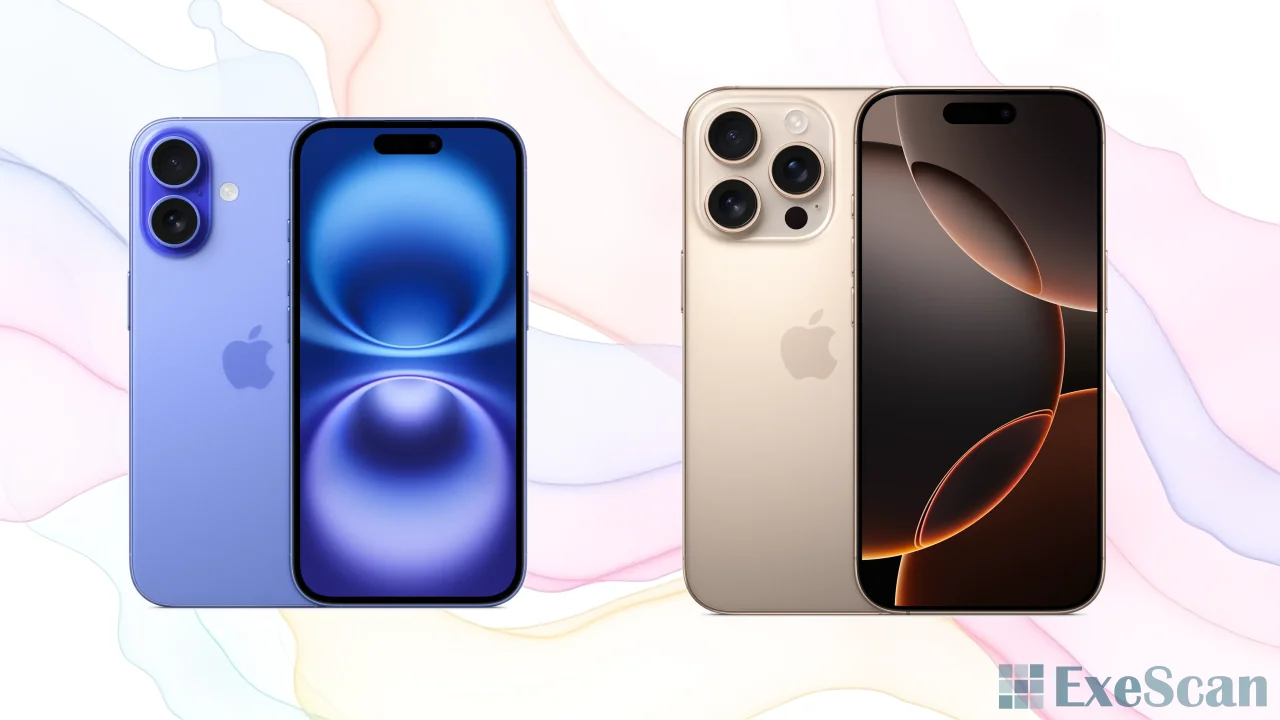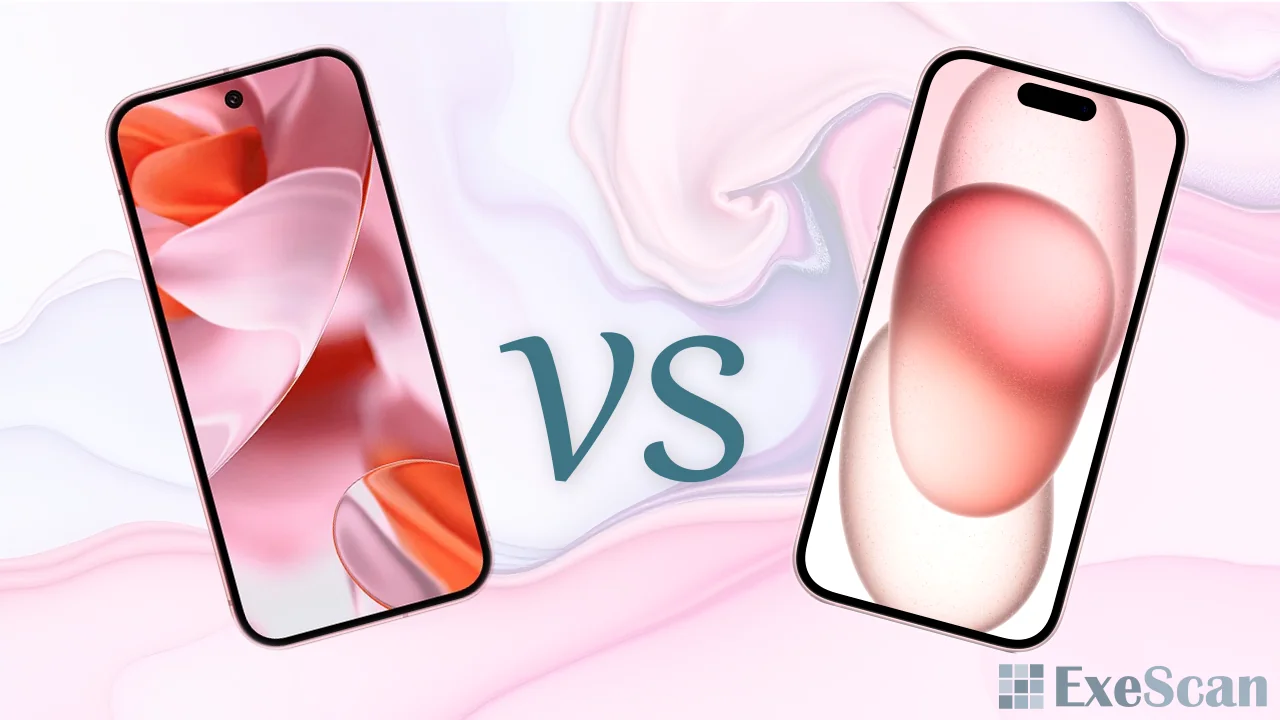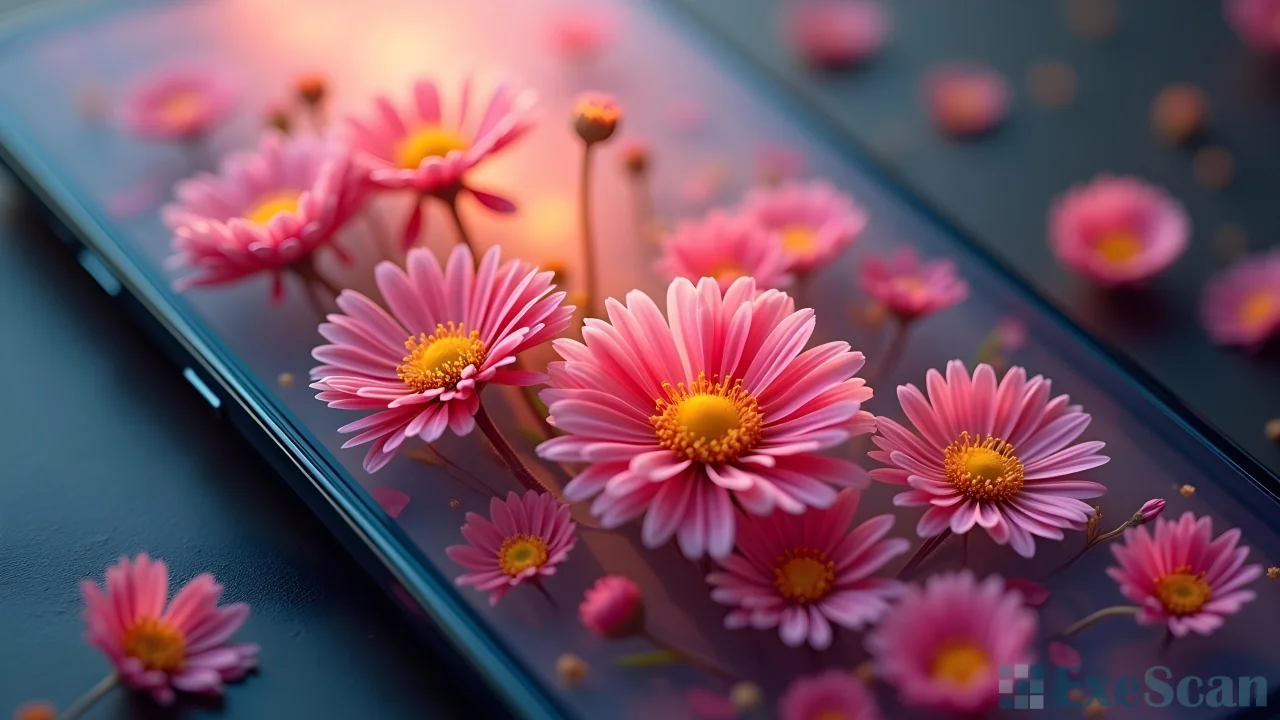Artificial intelligence (AI) has significantly impacted various aspects of modern life, and one area where its influence is particularly evident is in mobile photography. With the widespread use of smartphones, nearly everyone has access to a camera, and the quality of photos has improved remarkably due to AI advancements. This article explores how AI enhances mobile photography and contributes to capturing better photos, regardless of one’s expertise in photography.
AI-Powered Photo Enhancement
One of the most notable ways AI improves mobile photography is through automatic photo enhancement. Modern smartphones are equipped with advanced AI algorithms that analyze the environment in real-time. These algorithms adjust settings such as exposure, contrast, and color balance to ensure the photo appears as visually appealing as possible. For example, in low-light conditions, AI can brighten the image and reduce noise, resulting in a clearer and more detailed final photo.
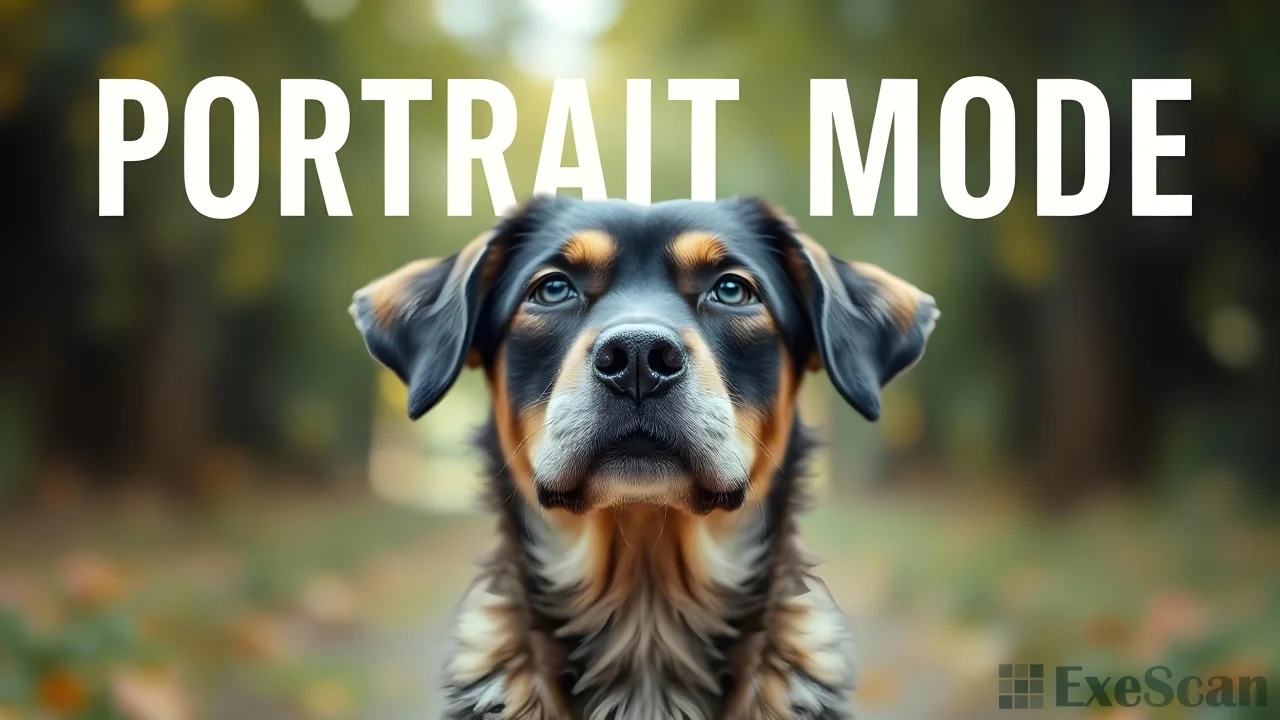
AI also assists with tasks like face recognition and subject detection. When capturing a person, AI can identify facial features and apply enhancements to make them more prominent. Similarly, when photographing landscapes, AI can optimize settings to highlight natural beauty. This technology allows users to capture stunning photos without needing in-depth knowledge of photography techniques.
Improved Autofocus and Image Stabilization
AI plays a crucial role in enhancing autofocus and image stabilization in mobile photography. Autofocus ensures that the subject is sharp and clear, while image stabilization helps prevent blurriness caused by shaky hands. Achieving perfect focus or maintaining a steady hand once required considerable skill, but AI algorithms now handle these tasks efficiently.
Modern smartphones utilize AI to track the subject, even if it’s moving, allowing for the capture of fast-paced action shots with ease. AI-powered image stabilization detects movement and adjusts camera settings accordingly, resulting in crisp, blur-free photos. This feature is particularly beneficial in low-light conditions or when shooting on the go.
Portrait Mode and Background Blur
AI has also advanced portrait photography, with features like Portrait Mode becoming increasingly popular. Portrait Mode creates a professional-looking photo by blurring the background while keeping the subject in sharp focus, producing an effect known as bokeh. Once achievable only with high-end cameras, AI algorithms in smartphones can now replicate this effect with impressive accuracy.
In Portrait Mode, AI analyzes the image to separate the subject from the background, applying a blur effect that makes the subject stand out. The result is a photo that looks as though it was taken with a professional camera, even when captured on a smartphone. This feature is especially popular for portraits of people and pets, adding a polished touch to photos.
Smart HDR and Image Processing
High Dynamic Range (HDR) photography is another area where AI has made a significant impact. HDR allows for capturing more detail in both bright and dark areas of a photo, creating a more balanced and realistic image. Previously, achieving a good HDR photo required manual adjustments and multiple exposures, but AI has simplified this process.
Smart HDR, powered by AI, automatically combines multiple exposures into a single photo, ensuring the final image is well-balanced and visually appealing. This allows for taking photos in challenging lighting conditions, such as when the sun is shining directly into the camera or when deep shadows are present. AI handles the complex processing, eliminating the need for manual adjustments or editing software.
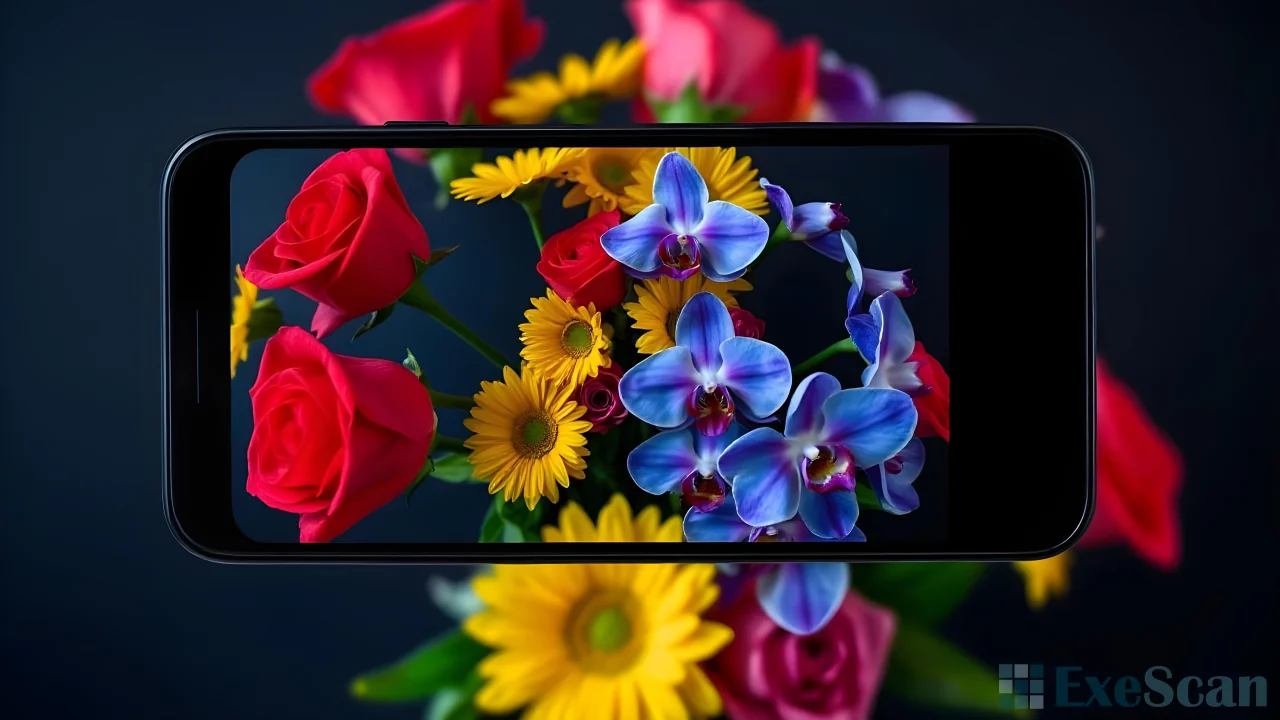
Night Mode and Low-Light Photography
Low-light photography has always been challenging, but AI has made it easier to capture high-quality images even in poor lighting conditions. Many modern smartphones feature a Night Mode, which uses AI to enhance photos taken in low light. Night Mode automatically brightens the image, reduces noise, and enhances details, allowing for clear and vibrant photos even in difficult lighting.
AI achieves this by capturing multiple shots in quick succession and combining them into a single image. The AI analyzes each shot, selects the best elements, and merges them to create a final photo that is significantly brighter and clearer than what a single exposure could achieve. This technology enables users to take stunning nighttime photos without the need for additional equipment.
Conclusion
AI has become an indispensable tool in mobile photography, making it easier to capture high-quality photos. From automatic photo enhancement to improved autofocus and smart HDR, AI technology ensures that photos look their best with minimal effort. Whether capturing a quick snapshot or photographing a complex composition, AI in smartphones plays a crucial role in enhancing the overall quality of mobile photography. As AI technology continues to advance, it is expected to bring even more improvements, allowing for even better photos in the future.
